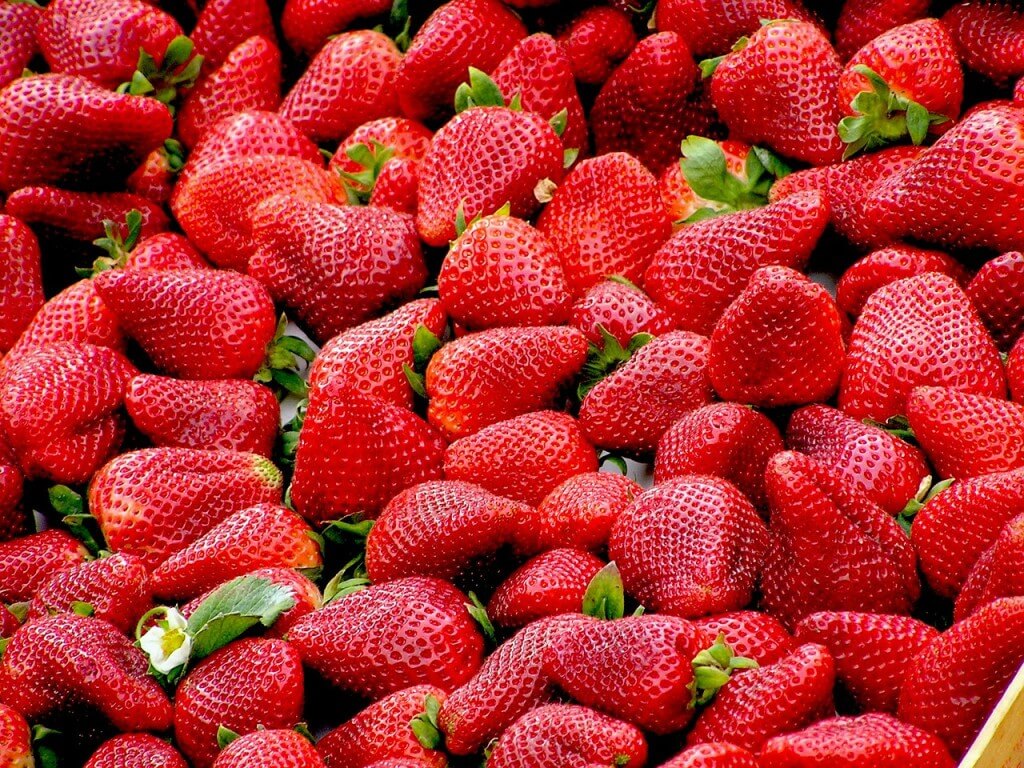Strawberries weren’t always the most popular berry.
The strawberry has quite the history.
It could be argued that if there’s one agricultural industry that resembles a soap opera, it’s the Californian strawberry industry.
There’s always some sort of drama being played out among the characters of the industry, which can be quite entertaining to follow.
The difference between the industry drama and a soap opera is that you can’t separate this drama from real life.
The outcome of this drama is important to consumers all over the US. California currently produces about 90% of the nations strawberries; when you toss a couple of strawberries into a smoothie, sip a daiquiri, or slice a couple up for dessert, odds are that those fruit were grown in the Golden State.
Though strawberries as a crop started much smaller, improved agricultural practices and synthetic pesticides, as well marketing the berry as the champion of berries, the crops popularity boomed in the 1950s.
That popularity has been met and amplified by the crazy high amount of production strawberry farmers are able to achieve in their fields due to agricultural practices. This is where the intricate plot of the strawberry drama begins.
NPR says, It’s a miracle of agricultural technology. But that technology is not as universally loved as the fruit. That’s an understatement.
Does the production justify the methods?
Basically, what happens to accomplish that production is a ton of cloning, transporting plants, obtaining prime land, and large scale soil sterilization with our villain, the toxic compound methyl bromide.
Toxic to just about everything and a contributor to ozone depletion, there’s not much you can say to convince us that methyl bromide is an okay guy. Methyl bromide is usually used as a fumigant and is dangerous, inefficient, and unsustainable. The fact that its still being used despite the Montreal Protocol, and the flagrant abuse of critical use exemptions is an embarrassment to agriculturists, and should be an embarrassment to consumers as well.
Over the past months, awareness of this problem has spread, human health impacts have risen to the top of the issues list, and a shift has begun.
While various parties like the University of California are researching alternatives to methyl bromide, we think that its going to be new players and small farmers who change the production techniques for this fruit.
Who is the new player?
Meet hydroponic strawberries.
Growers around the country have a growing penchant for hydroponic production for two reasons:
1) Growing strawberries inside can be done with fewer pesticides, no sterilization of soil, no methyl bromide and no 1,3-dichloropropene
2) Production per square meter is greater and the whole industry could be replaced using vertical hydroponics
Your role in this?
-
- as a consumer, you have the freedom to support sustainably grown strawberries
- as a farmer, you have the power to change production techniques Learn about sustainable vertical hydroponics and read more interesting articles at ZipGrow.com






